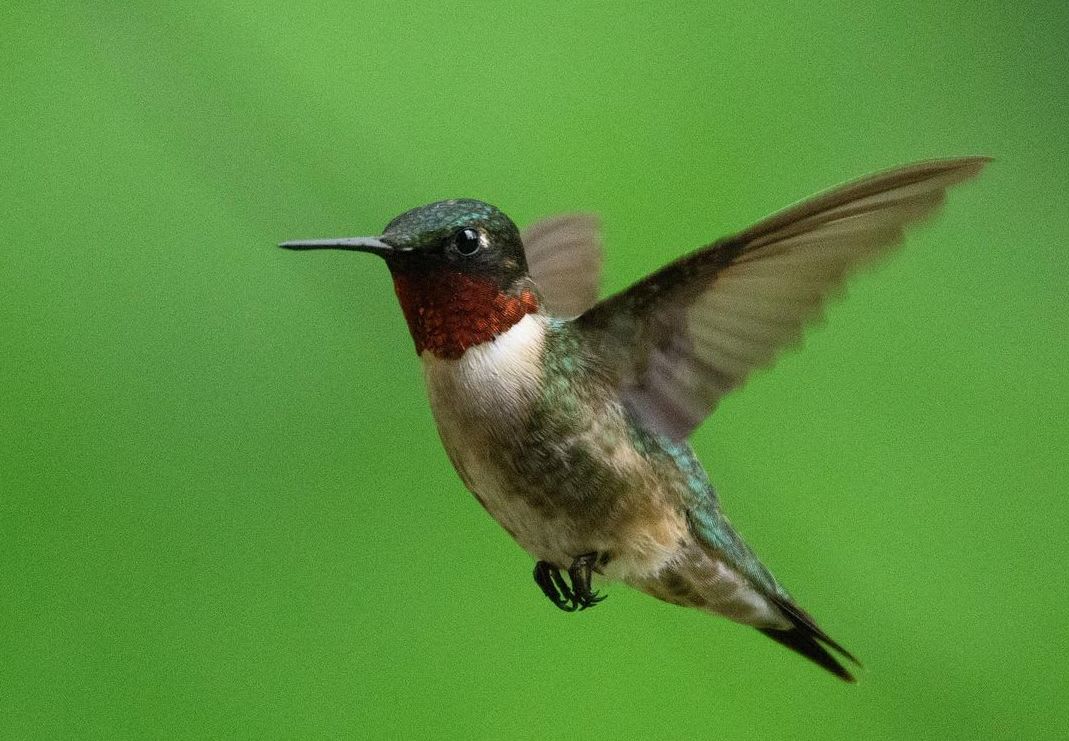Which Michigan Bird are You?
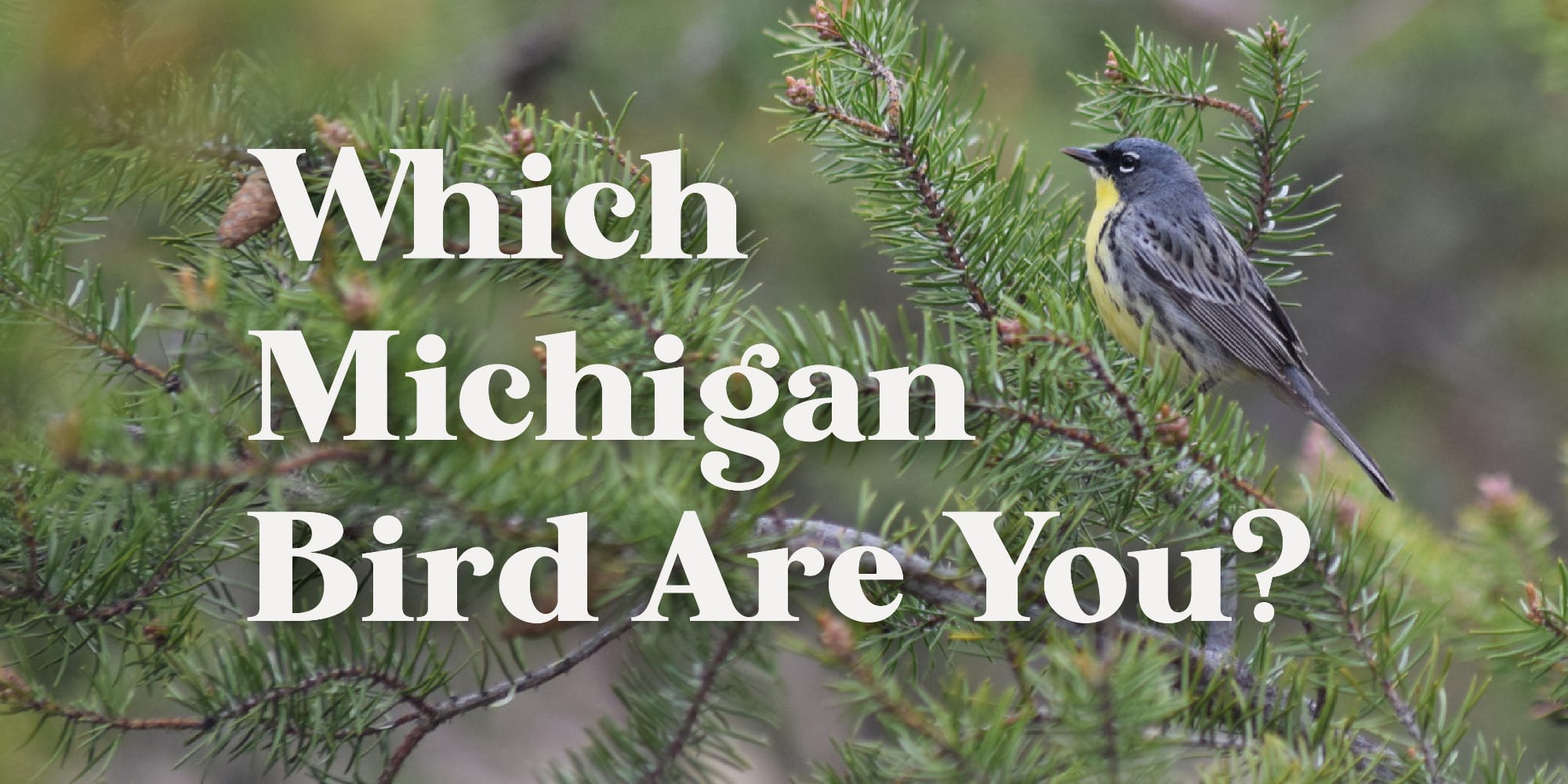
Where do you like to go on vacation?
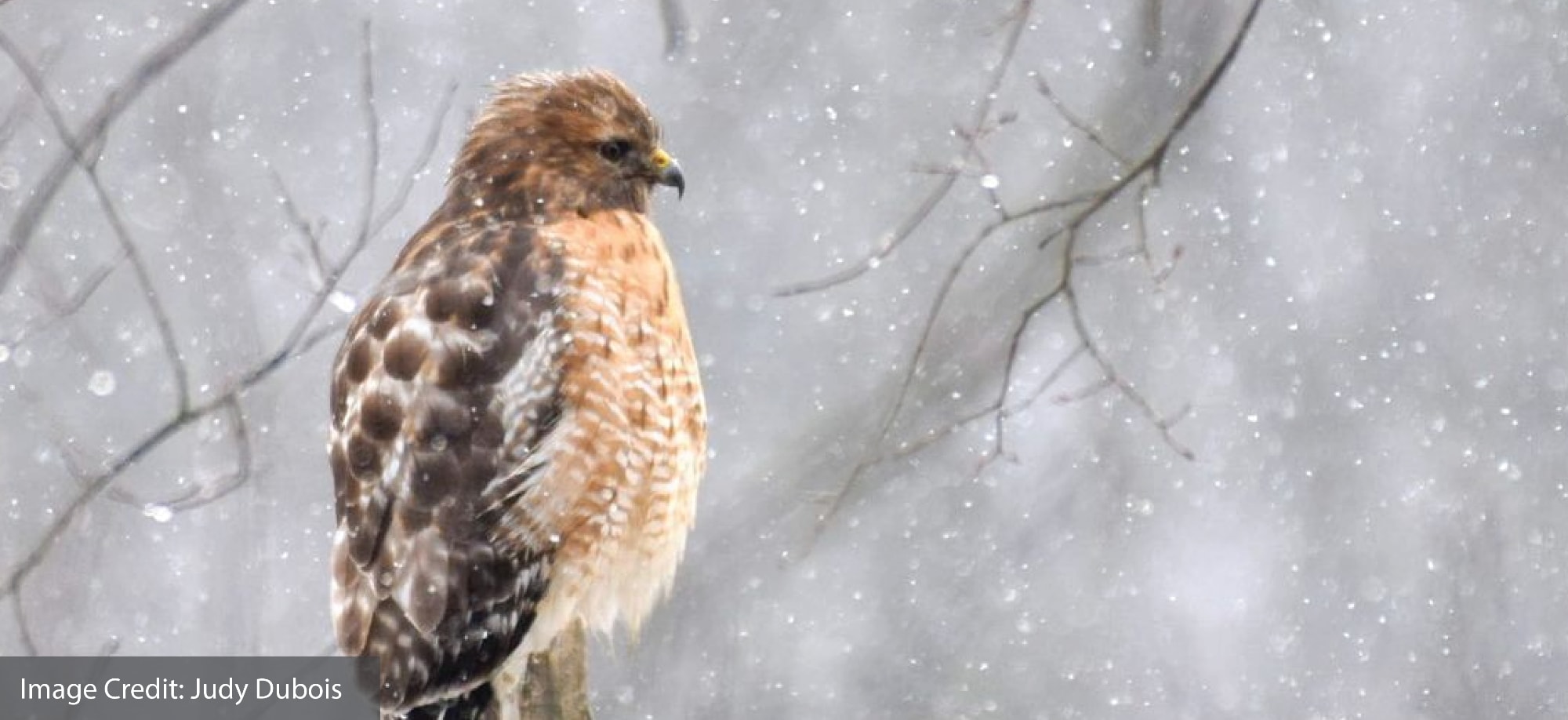
What's your dream home look like?
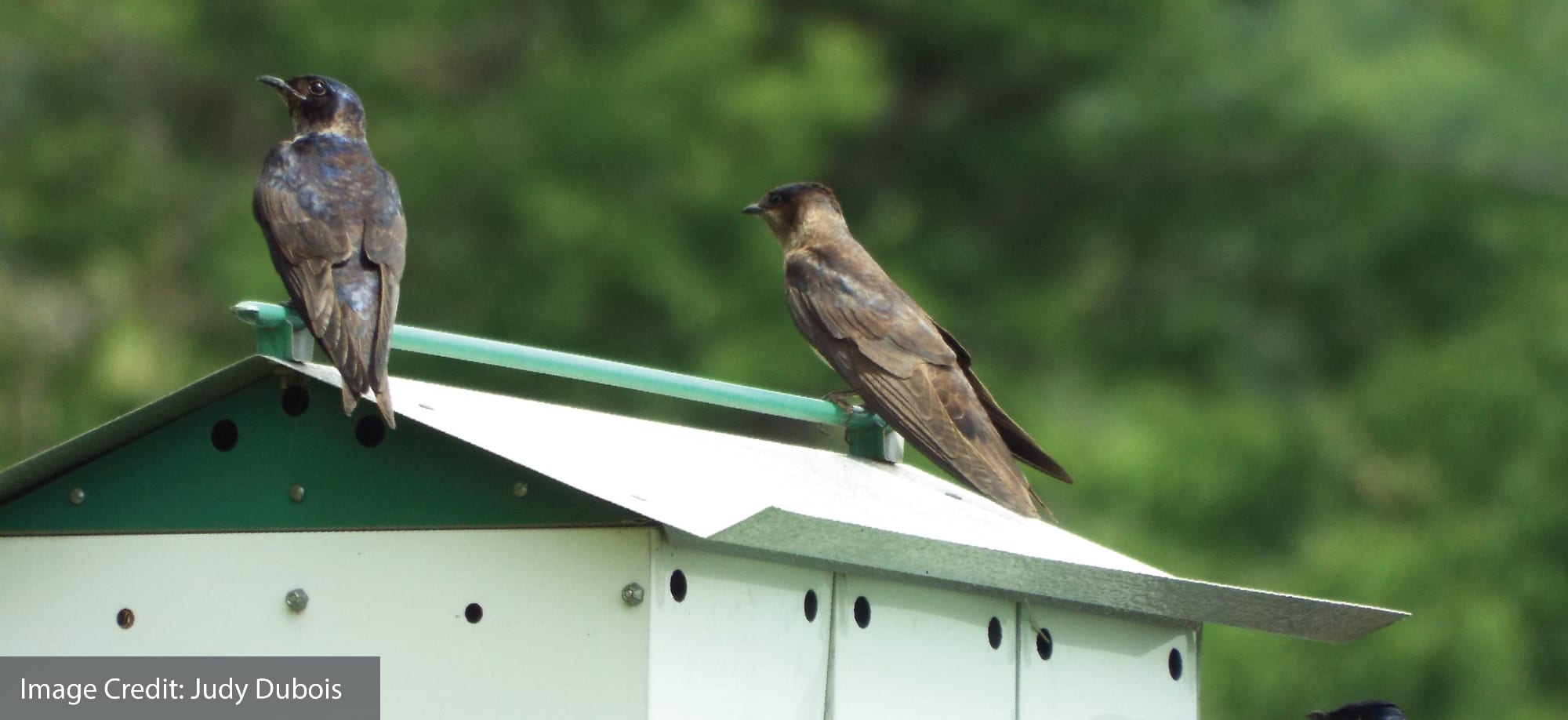
Upper Peninsula or Lower Peninsula?
Which of these sounds tastiest?
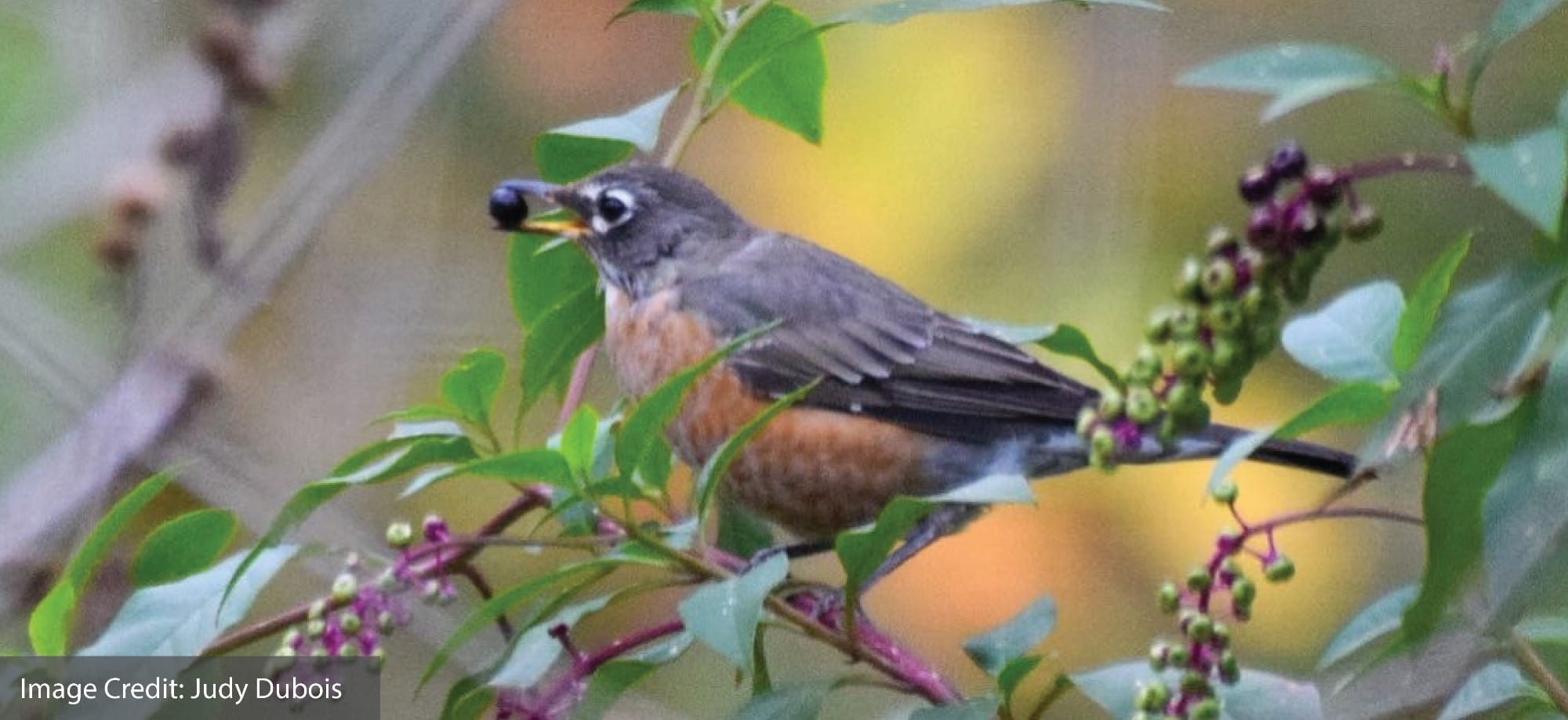
How secretive are you?
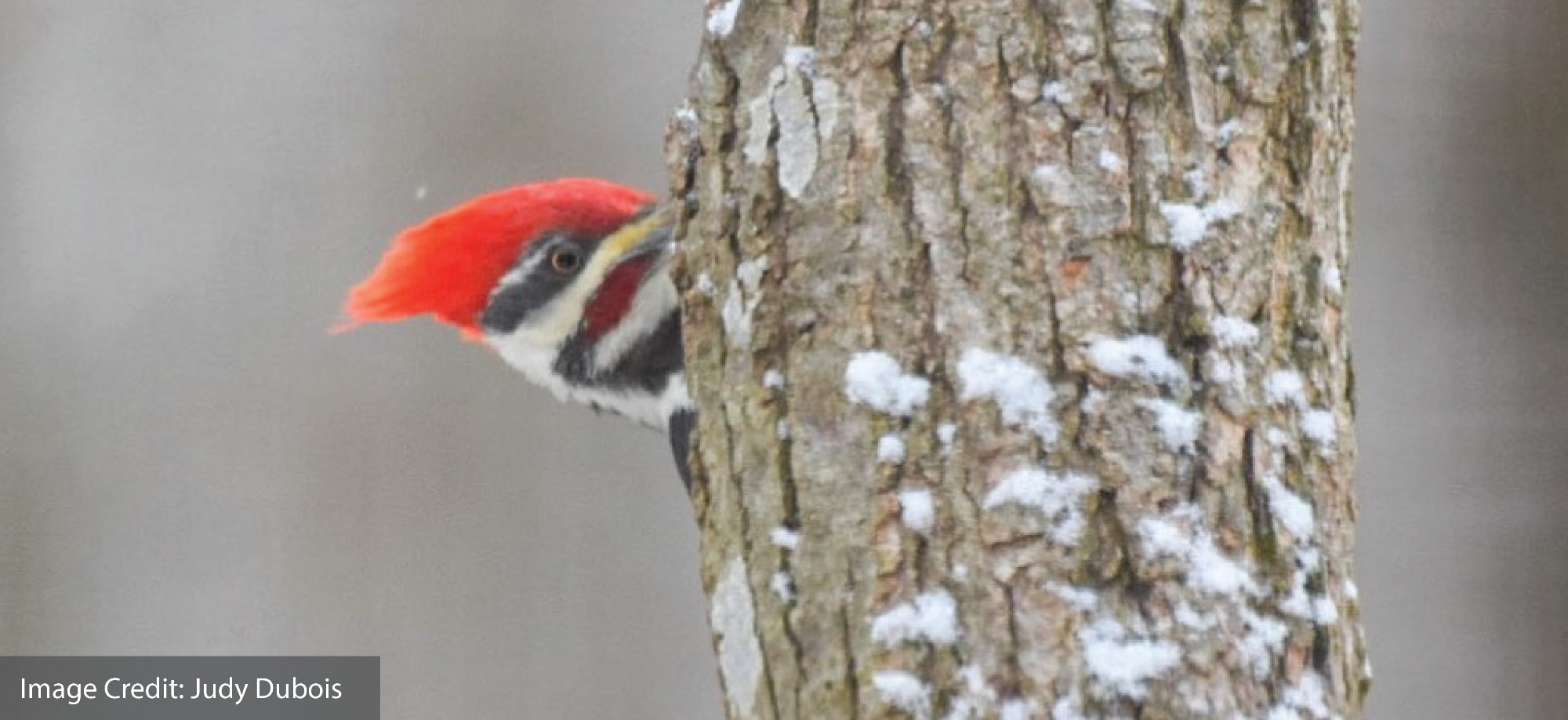
How particular are you about your home?
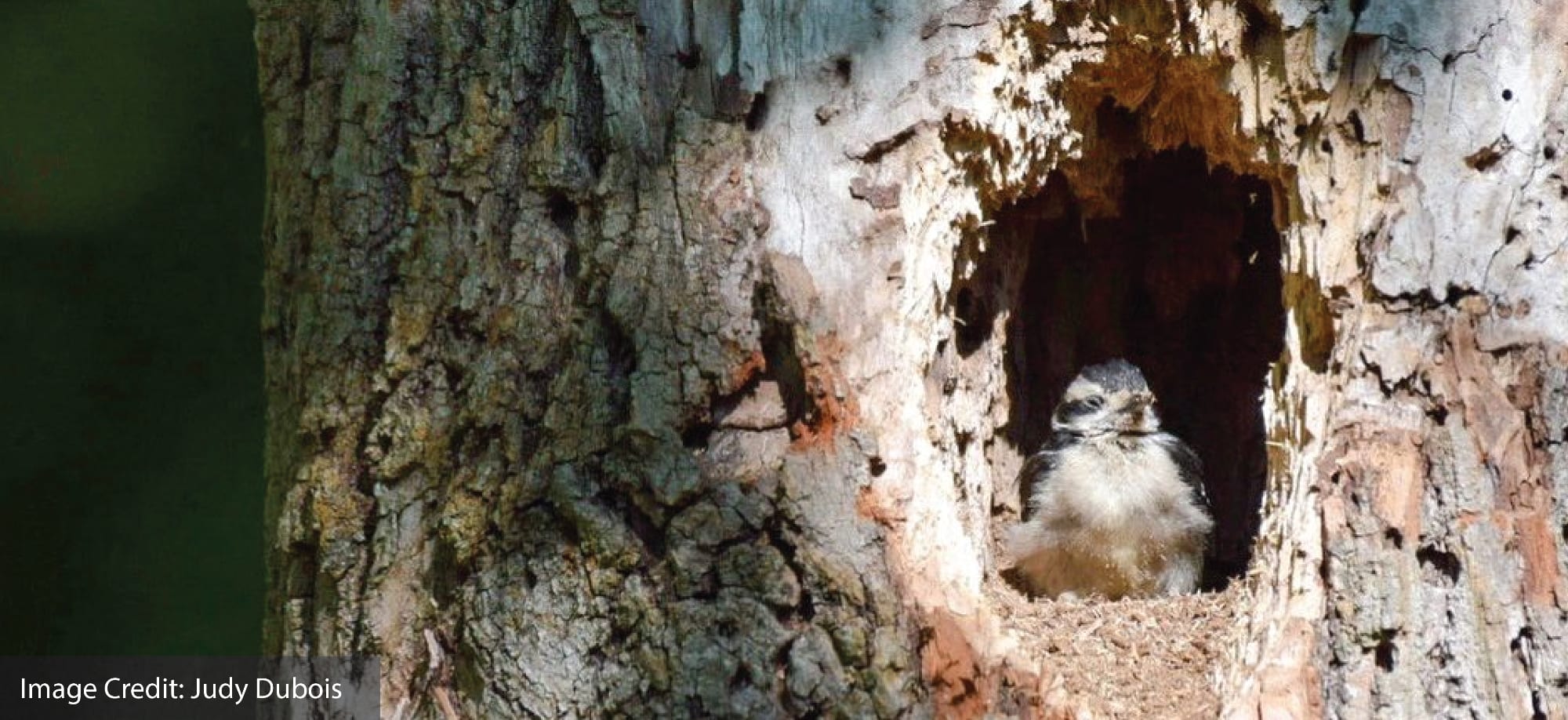
Are you musical?
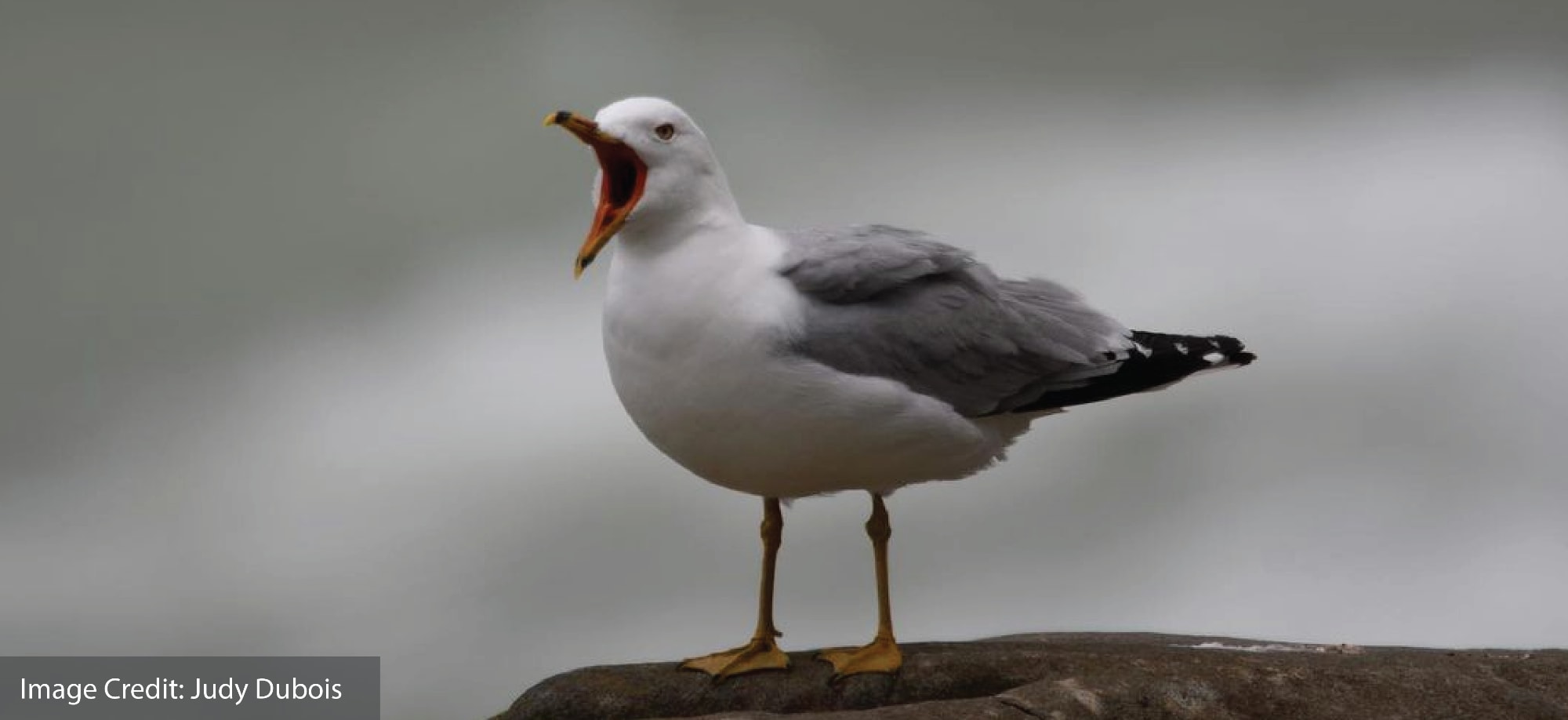
Are you an early bird or a night owl?
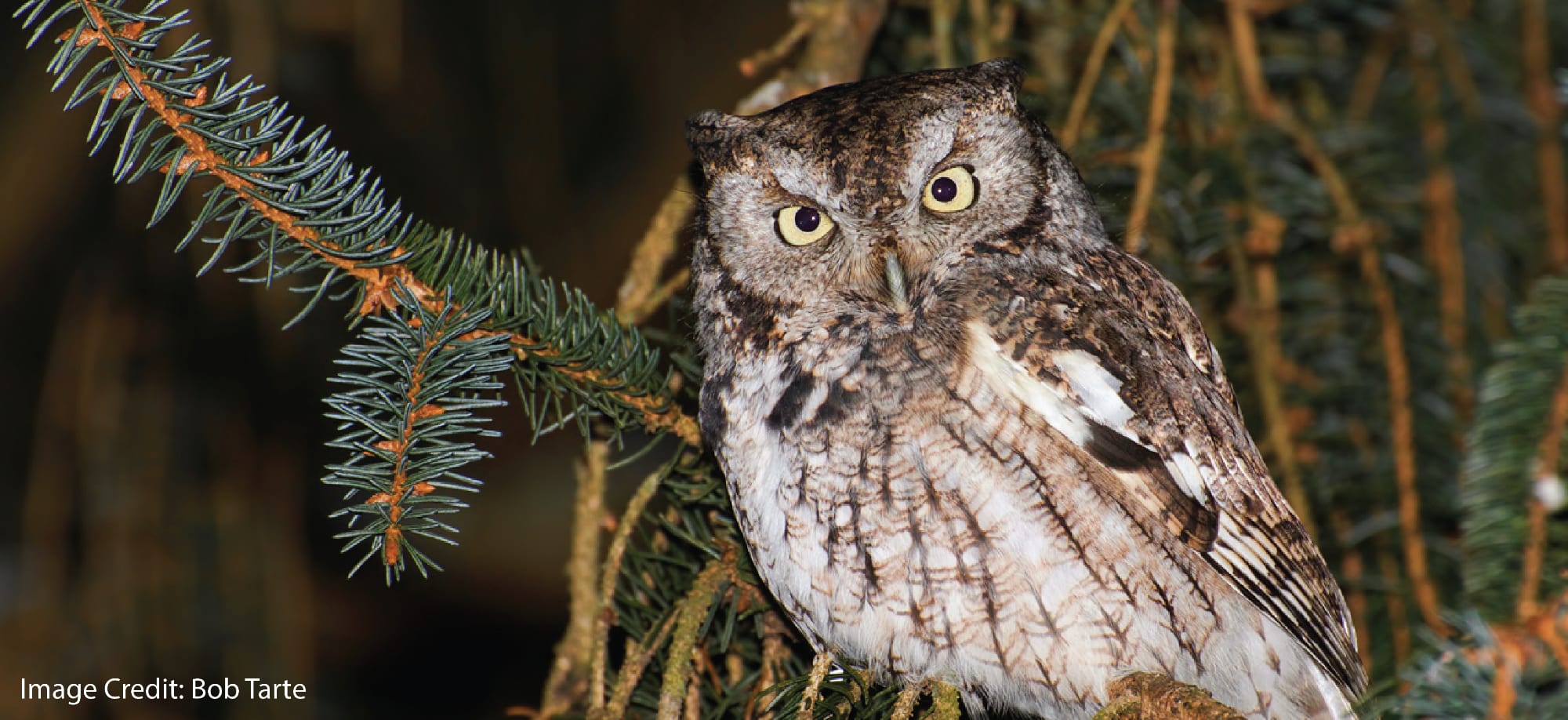
How tall are you?
Road trip?
Common Loon
Don’t let its name fool you; the “Common” Loon is anything but, with its deep red eyes and eerie moaning call. Many Michiganders see Common Loons as a symbol of the wilderness of the Upper Peninsula since these birds are found most often in the U.P. In the winters, they make their way in small flocks out to the east and west coastlines.
These loons are waterbirds at heart and spend the majority of life swimming. Their diet is primarily small fish and occasionally other aquatic creatures or plants. If you can find this bird in nature, you may be rewarded with the captivating experience of hearing their wailing call echo across a perfectly still lake. You may even see them swimming with their young and carrying a few hatchlings on their back!
Scroll down to share on social media and see what your friends get!
Image credit: joecleary
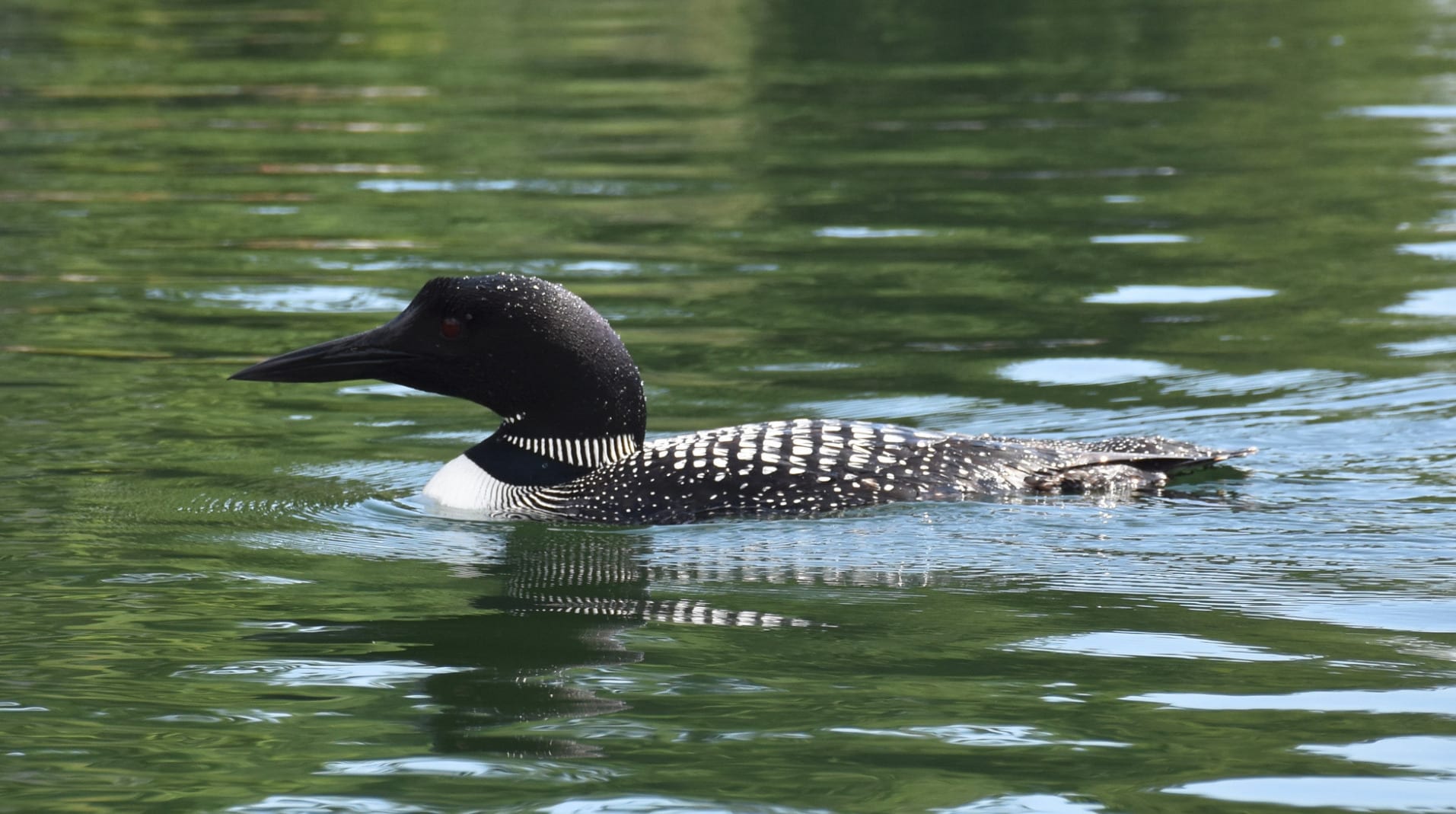
Kirtland's Warbler
The Kirtland’s Warbler has a storied past and a soft spot in many Michigander’s hearts. This little yellow bird migrates to and from Michigan, but it breeds and nests almost exclusively in young Jack Pine trees when it’s in our state.
In the 1960s, this warbler’s population numbers began to drop as the stands of Jack Pine dwindled. Worried wildlife conservationists started controlled burning programs (a practice that encourages Jack Pine growth) to create more habitat for the bird. Eventually, the numbers of both trees and birds began going back up, and in recent years the Kirtland Warbler has recovered so much it has been taken off the Michigan list of endangered species!
The Kirtland’s Warbler is found only in Michigan, the Bahamas (its overwintering spot), and the migration path in-between. If you are lucky enough to spot this rare bird, congratulations! Be sure to listen for its call: a bubbling, chirping song that rises slightly at the end.
Scroll down to share on social media and see what your friends get!
Image credit: carterdorscht
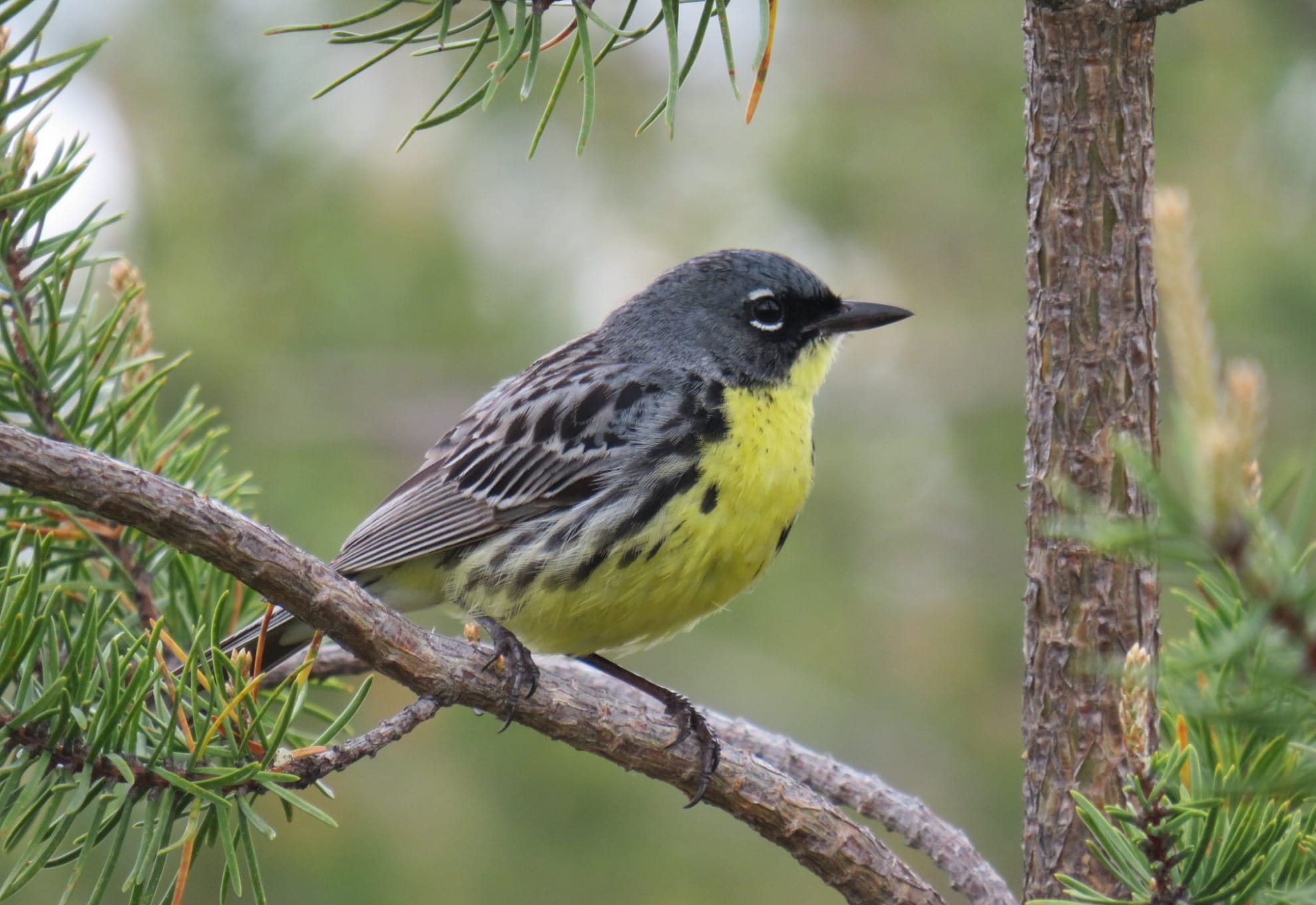
Downy Woodpecker
Though they are the smallest woodpecker in North America, the Downy Woodpecker has an extensive range, found throughout most of the country and in both the Upper Peninsula and Lower Peninsula. They live in many habitats, from older forests to suburban areas, but favor deciduous trees. These birds will occasionally migrate with the seasons, but often only very short distances: for instance, from a mountainous region down to the valley below it.
You’ll undoubtedly find these woodpeckers in the woods, but you can also draw them to your backyard feeder! Try suet, hulled sunflower seeds, and safflower seeds for these birds. If you do spot them, listen for their call: a quiet pik, or of course, the knocking rattle of a woodpecker hitting a tree.Scroll down to share on social media and see what your friends get!
Image credit: Judy Dubois
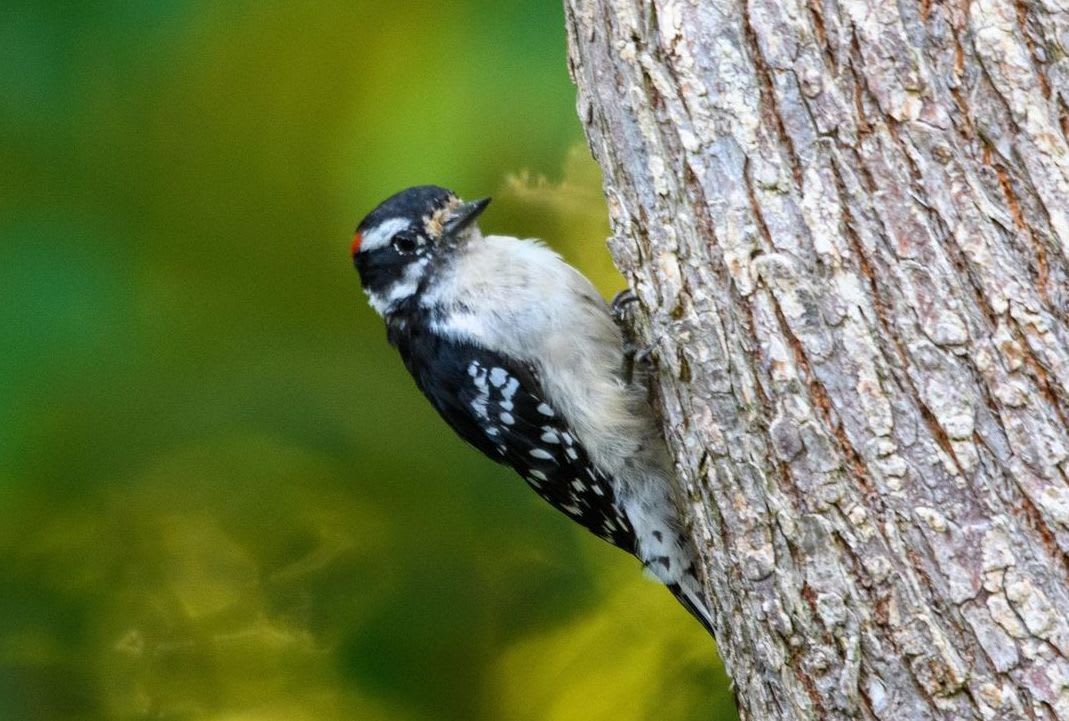
Piping Plover
These small shorebirds are threatened or endangered in all parts of their range throughout Northern America and are endangered in the Great Lakes region. There are more nesting sites along Michigan shorelines, and populations are increasing, but nesting sites are still legally protected to foster the return of these tiny plovers.
Watching Piping Plovers out on the shore is a treat! These little birds dart in and out of the waves looking for tasty marine life. All the while, their tiny legs move at a frantic pace. It’s hard not to find them endearing. So when you’re out by the lake, listen for their call: a whistled peep-lo.Scroll down to share on social media and see what your friends get!
Image credit: Judy Dubois
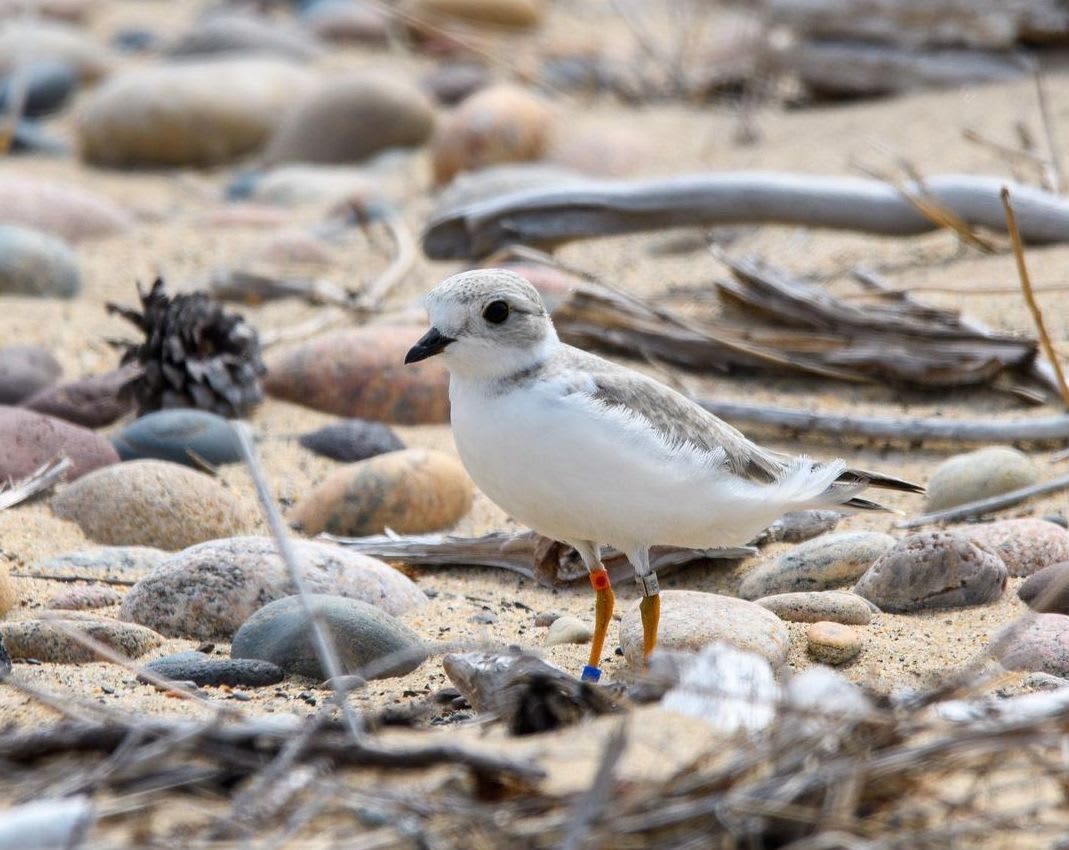
Eastern Screech Owl
Whether you live in the forests or the suburbs, you may have an Eastern Screech-owl neighbor and not even know it! These little owls are found in a wide range of habitats, from the woods to a suburban front yard tree. They aren’t picky about their meal, either, eating a wide variety of animals from insects like crickets to rodents, small birds, lizards, and even crayfish!
Eastern Screech-Owls aren’t active during the day, so you’re most likely to see the face of an owl poking out of their tree-hole home during dusk and early evening. These owls are most common in the Lower Peninsula towards the south. Contrary to their name, screech-owls do not screech but call out in whinnies or soft trills, often sounding like a tiny horse!
Scroll down to share on social media and see what your friends get!
Image credit: Judy Dubois
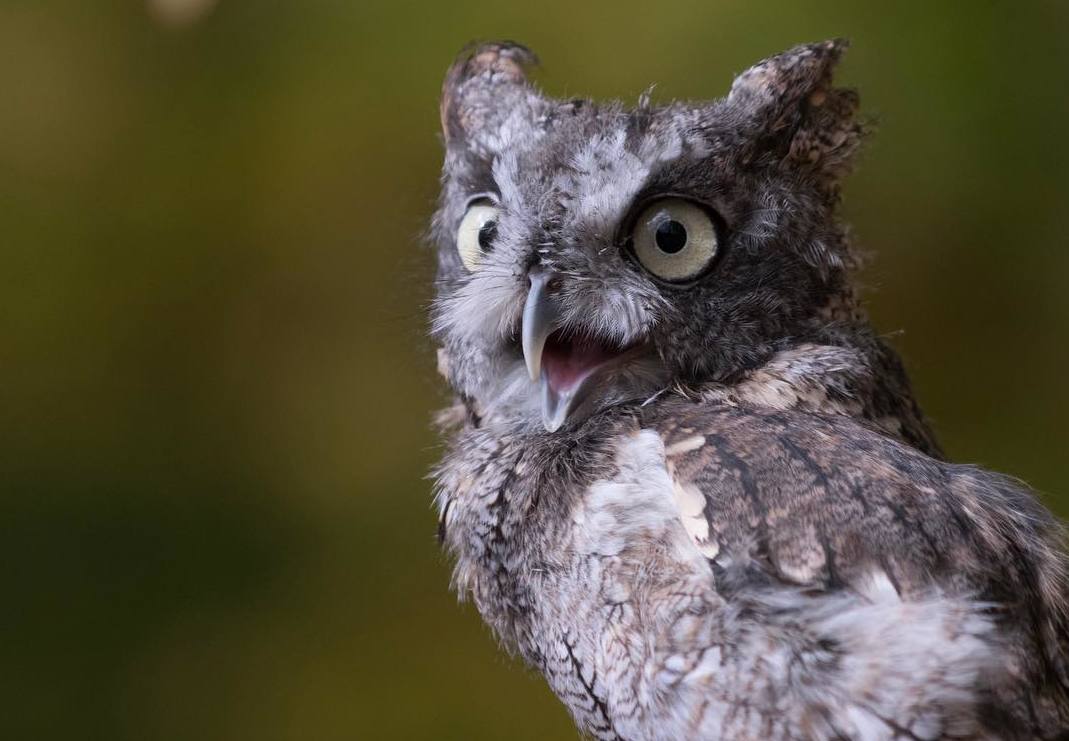
American Robin
The American Robin is as classic and well-known to us Michiganders as cherry pie and pine trees. Found all over the state year-round, this bird is a common and cheerful sight. So much so that in 1931, it was designated Michigan’s state bird! In more recent years, there have been calls to change the state bird to the Kirtland Warbler, but plenty of folks still love the traditional American Robin. What do you think?
If you want to see this red-breasted charmer in your backyard, fill your birdfeeder with hulled sunflower seeds, peanut hearts, and mealworms, and try platform birdfeeders or simply spreading the seeds on the ground. Keep an ear out for their cheer-up, cheerily call!Scroll down to share on social media and see what your friends get!
Image credit: axion
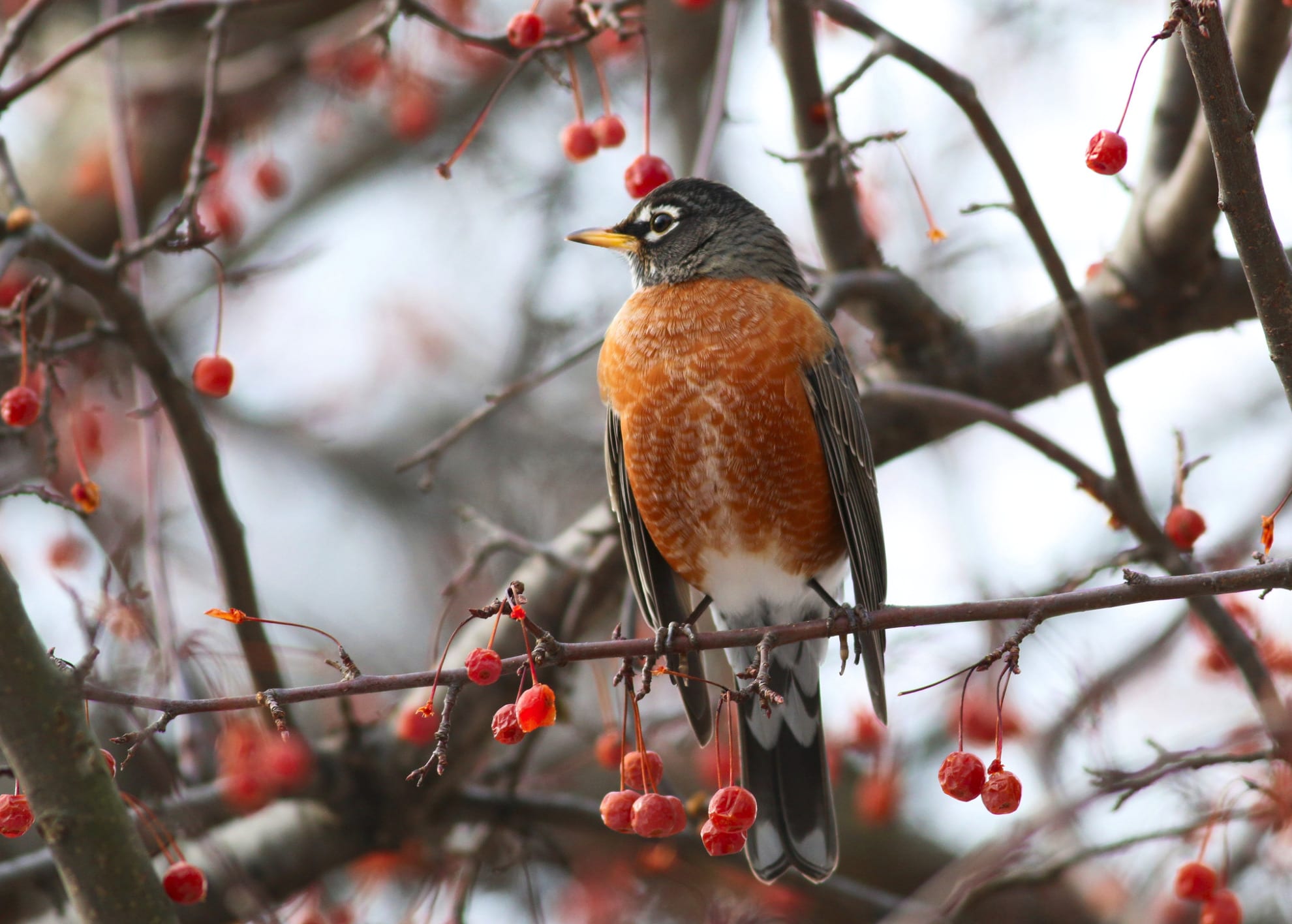
Northern Goshawk
These hawks have an impressive reputation as agile, secretive, and incredibly fierce. Although they are found in Michigan’s Upper and Lower peninsulas, they prefer undisturbed large swaths of forest, meaning you’re not likely to find them anywhere near human activity. If disturbed, the Goshawk defends its nest fiercely, attacking all sorts of animals (and people!) who get too close. For this reason, we recommend caution if you’re trying to find this bird, especially if you spot a nest or hear its call: a loud kak-kak-kak-kak-kak!
If you do see a Goshawk in action, it’s an incredible sight. These hawks’ tails make them acrobatic flyers, especially evident when they hunt in midair. The name “Goshawk” comes from their old name, “Goose Hawk,” as they primarily hunt other birds.
Scroll down to share on social media and see what your friends get!
Image credit: makielb
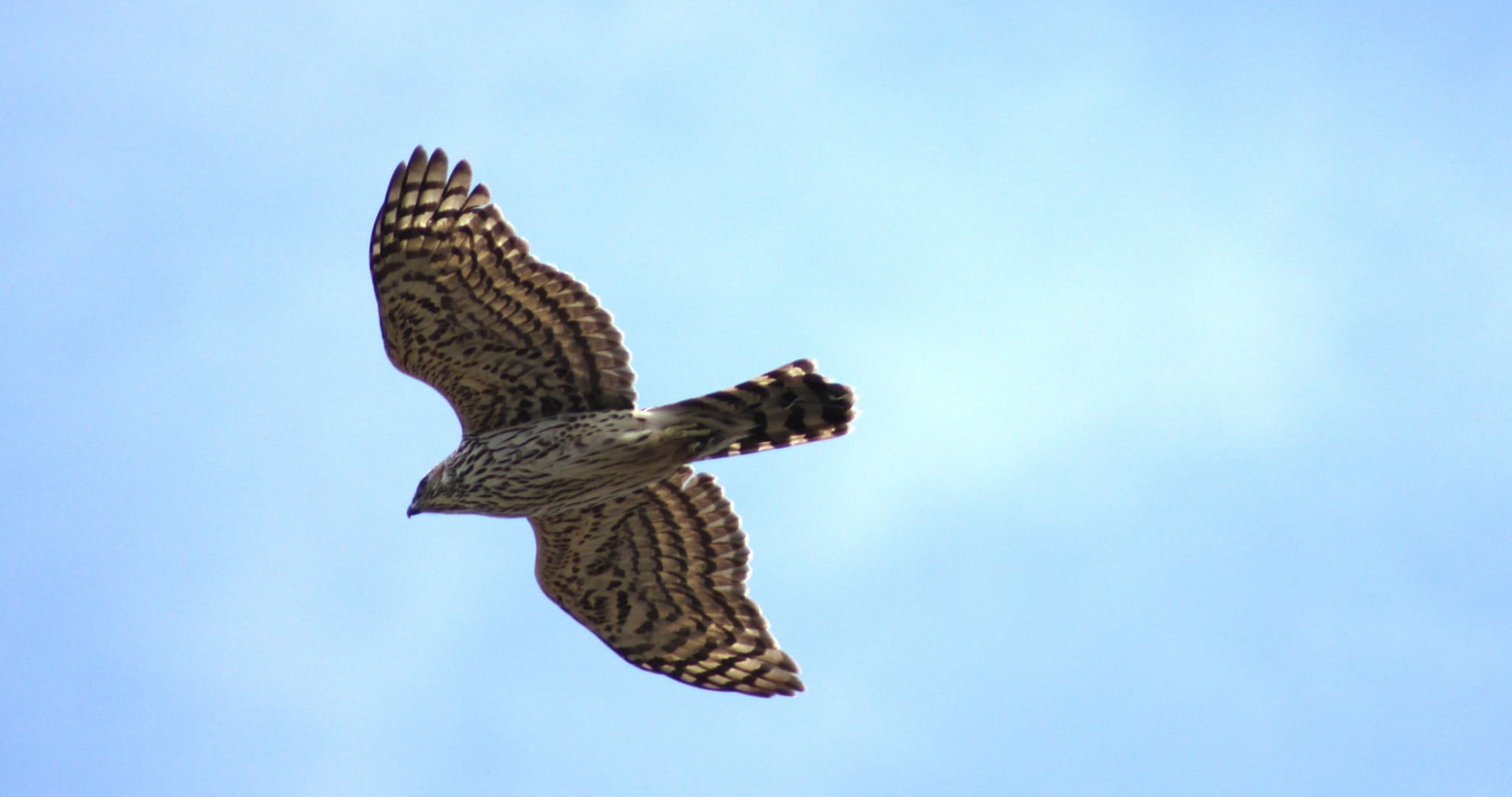
Great Blue Heron
Looking at the Great Blue Heron, it’s easy to imagine their great and terrifying prehistoric relatives. The Heron’s piercing yellow eyes and wide mouths have a striking, almost haunting appearance, especially when they dip down into the water to grab a frog and swallow it whole! Perhaps this is why they are such an exciting find for any birdwatcher. In reality, while they may be large, they are stoic creatures, often sighted walking silently along a shoreline.
Look for these large birds near rivers, lakeshores, and especially marshes and swamps. Keep an ear out for their call, a harsh squawk, bark, or deep croak. The Great Blue Heron can be found throughout Michigan in summer before migrating to the south, where many live year-round.
Scroll down to share on social media and see what your friends get!
Image credit: Judy Dubois
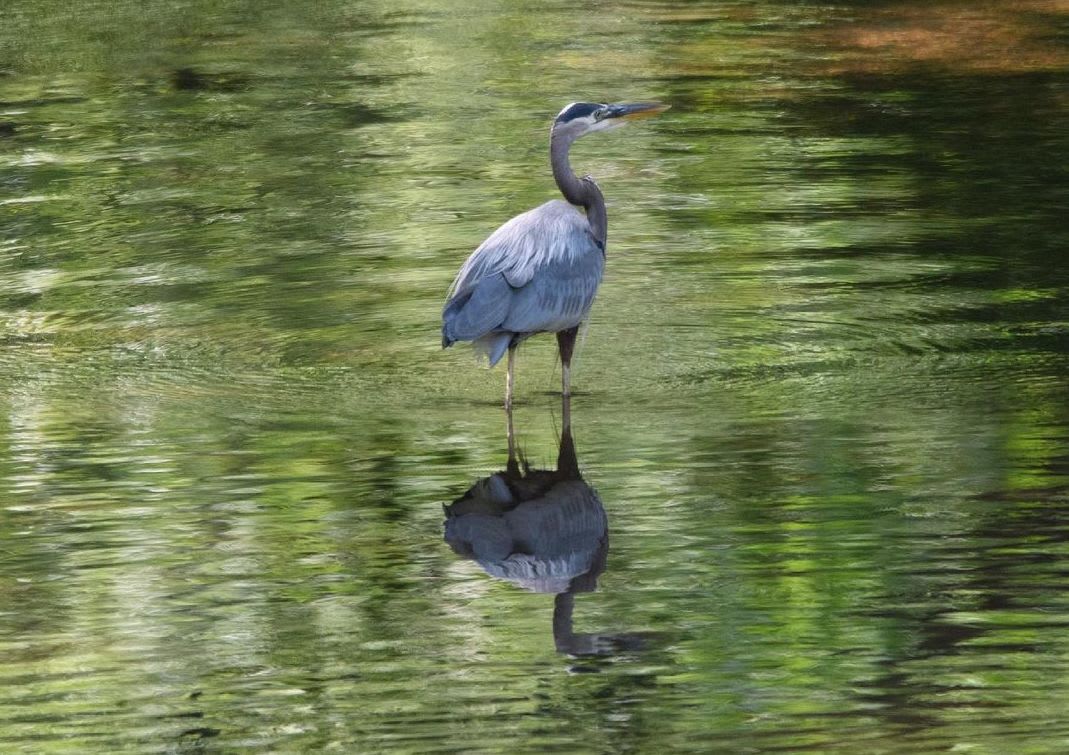
Red-winged Blackbird
Red-winged Blackbirds sometimes get a bad rap for their fiercely territorial behavior. These birds are impressively bold, often going after much larger birds (and some humans). This brave blackbird makes Michigan its home year-round.
Though you won’t want to be a target of the Red-winged Blackbird, they are a beauty to watch when males sing and reveal their bright red and yellow shoulder feathers. Listen for their rich, musical trilling, but be on guard if you hear a sudden switch to a shrill whistle or series of chacks and beeps - that’s their alarm call!Scroll down to share on social media and see what your friends get!
Image credit: Judy Dubois
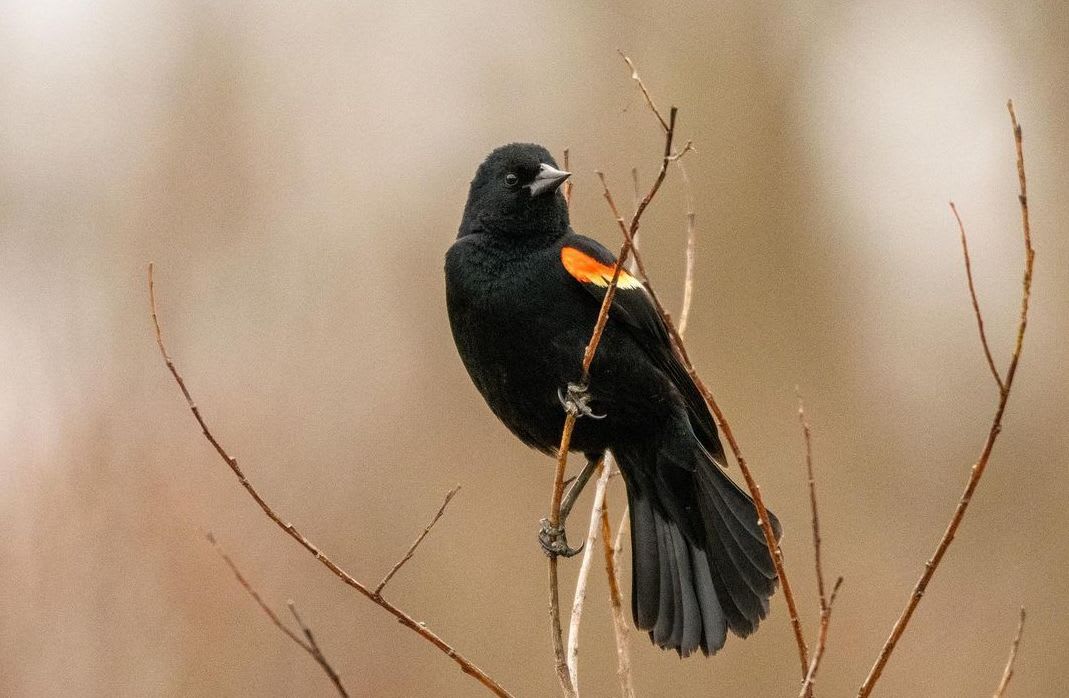
Purple Martin
The Purple Martin is named for its feathers, which have a beautiful deep indigo iridescence. Sighted in Michigan in the spring, these birds travel a long way for their winter migration, going all the way down to the Amazon Basin!
Their graceful appearance and musical singing make Purple Martins a popular choice for wildlife watchers. Many birders will build elaborate birdhouses in the hopes of hosting mating pairs or even colonies. The Purple Martin gets most of its food by catching insects in mid-air, so you have a better chance of seeing one in your yard by creating a birdhouse rather than a bird feeder.
Scroll down to share on social media and see what your friends get!
Image credit: tkoff
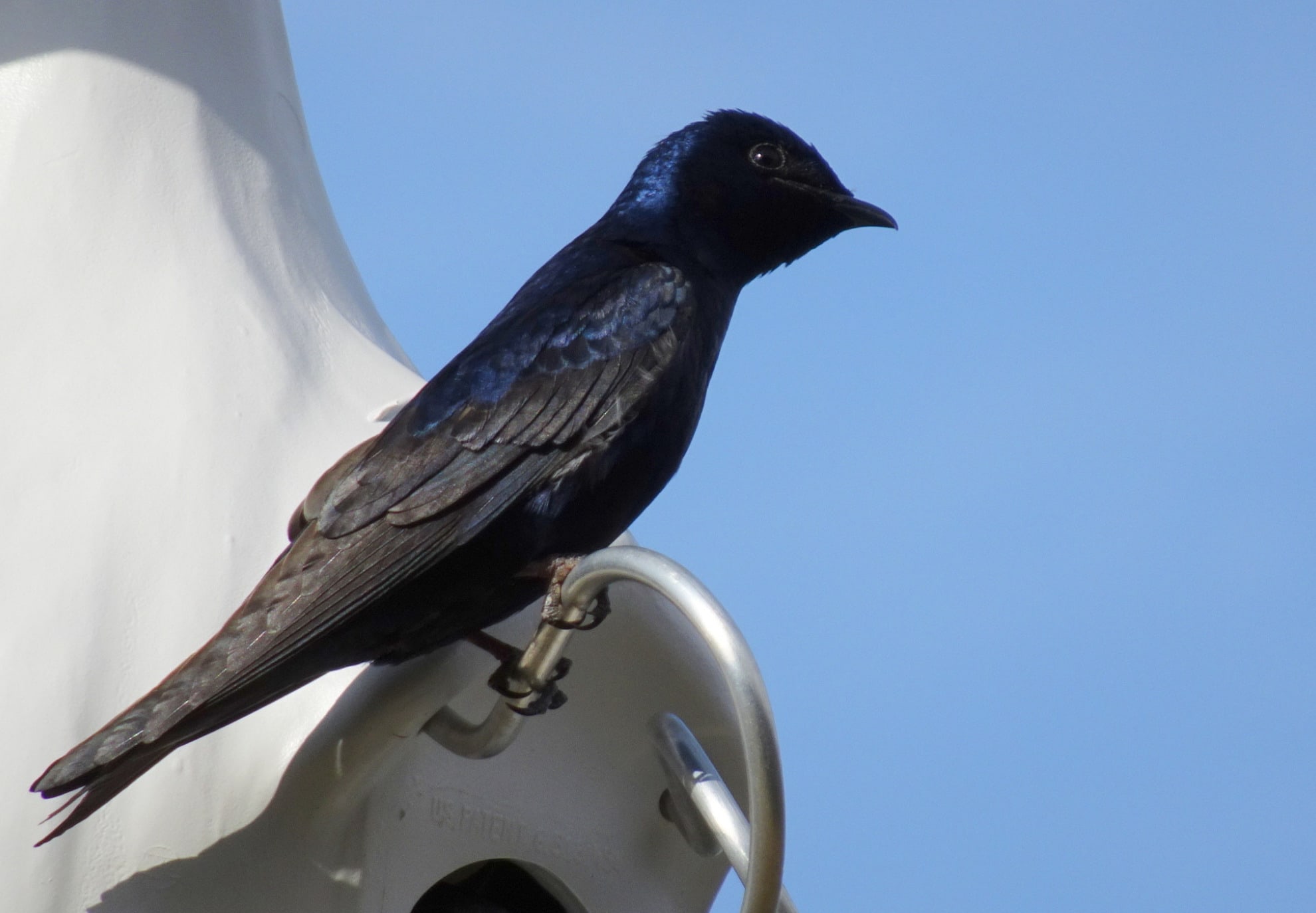
Baltimore Oriole
With their bright yellow-orange bellies, the Baltimore Oriole is a beautiful find! These orioles live in Michigan in the warmer months, but by early July and August, they high-tail it to southern, warmer climes like Florida and Central America. Insects and berries form a large part of their diet, but they’ll also sip flower nectar. Baltimore Orioles are also well known for the distinct, bag-shaped nests they build from plant fibers, bark, and even Spanish Moss!
If you’d like to get a look at one of these fiery-feathered creatures up close, try leaving out some halved oranges at feeders, or setting out a sugar-water feeder. Listen for their flutey whistle call, which often comes in staccato one or two-note strings.
Scroll down to share on social media and see what your friends get!
Image credit: Judy Dubois
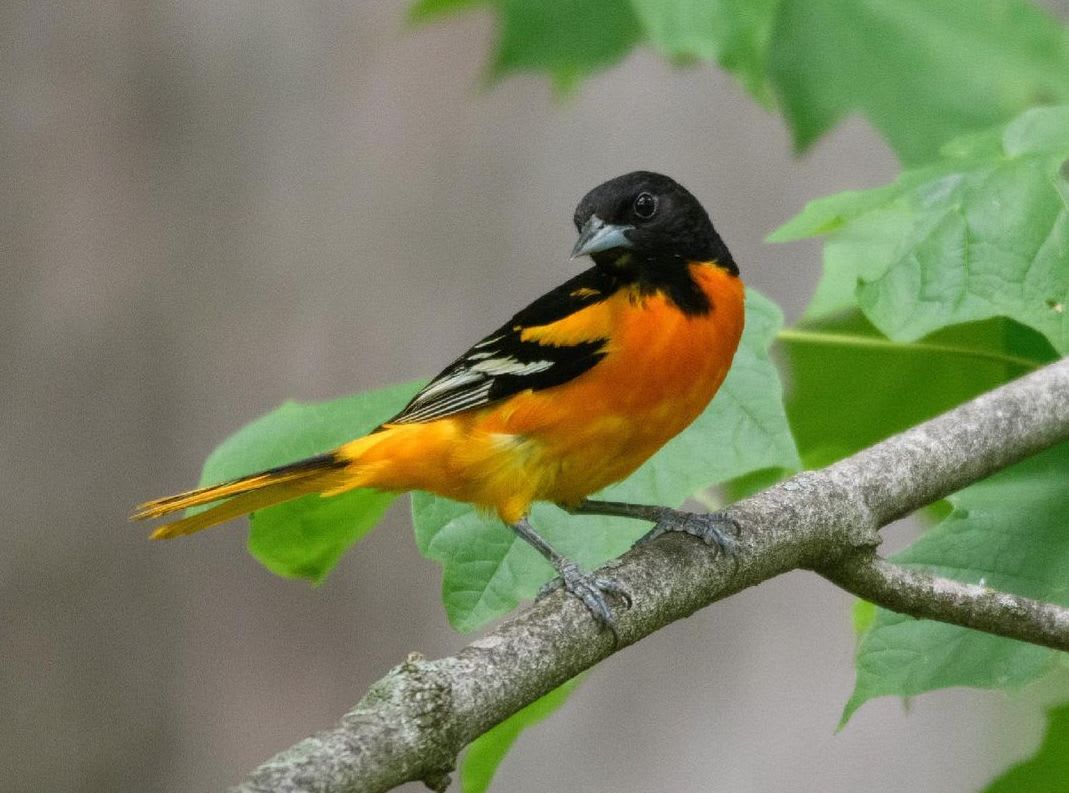
Ruby-Throated Hummingbird
This little bird would be a pleasant surprise to any Michigan gardener! Ruby-throated Hummingbirds are seasonal residents of Michigan, hovering around during the spring and summer, then migrating south through Mexico to Panama and Costa Rica for the colder months. Like you might expect, this hummingbird is a sweet tooth, sipping nectar from flowers with its long tongue but also snapping up tiny insects from time to time.
Your best bet of getting a glimpse at this adorable little bird is to set up a hummingbird feeder in your backyard or cultivate hummingbird-friendly flowers in your garden, like the tubular flowers of trumpet vines. As you watch, you may even hear their tiny, squeaking calls that almost sound like a mouse!
Scroll down to share on social media and see what your friends get!
Image credit: Judy Dubois
